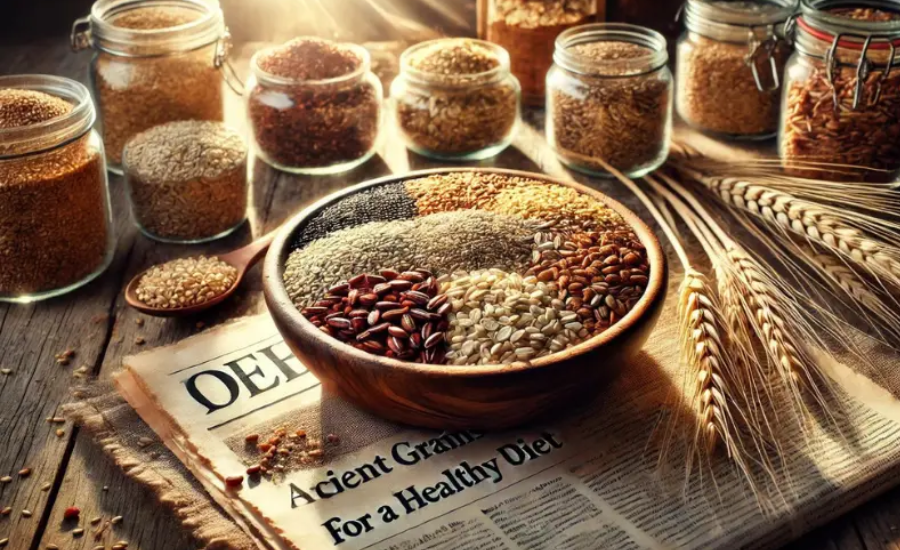Discover the Benefits of Ancient Grains: A Guide to Ancient Grain in a Healthy Cereal Nyt
Ancient grains, renowned for their exceptional nutritional value, have been cultivated for thousands of years with minimal changes, making them a fundamental part of traditional diets. These age-old cereals, like quinoa, provide a powerful nutritional boost, combining historical significance with modern health benefits. Rich in antioxidants, fibre, and protein, these grains stand out as nutrient-dense alternatives to contemporary processed cereals. They seamlessly blend traditional practices with current dietary needs, offering a refreshing and wholesome option for those seeking to enhance their nutrition.
In today’s world, where processed foods dominate supermarket shelves, incorporating ancient grains into your diet can significantly elevate your meals. Modern cereals often lack the essential vitamins and minerals found in these time-tested grains. By integrating ancient grains into your breakfast, you can enjoy a nutritious start to your day. Discover how ancient grain in a healthy cereal nyt can enrich your diet, providing a balanced combination of taste and essential nutrients that support overall health and well-being.
Understanding Ancient Grains
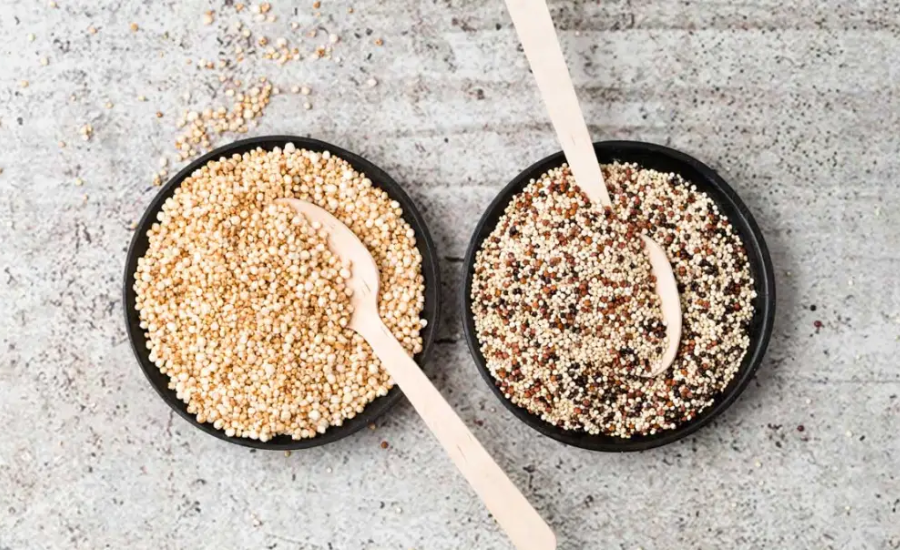
For over two centuries, certain grains have remained largely unchanged, preserving their natural composition and nutritional integrity. Unlike modern wheat, which has been engineered primarily for disease resistance and high yield, these ancient grains retain their original structure and rich nutrient profile. This authenticity in their genetic makeup is what makes them stand out in today’s health-conscious market.
In recent years, ancient grains have seen a resurgence in popularity as more individuals seek to improve their diets with wholesome, unprocessed foods. The rising awareness about the benefits of consuming nutrient-dense, non-genetically modified options is driving this trend. These grains offer a valuable alternative to processed foods, providing essential nutrients that are often lost in modern agricultural practices.
As consumers become increasingly mindful of their health and nutrition, ancient grains are gaining traction in the marketplace. Their ability to offer a wholesome, natural source of vital nutrients makes them a compelling choice for those looking to enhance their dietary habits. With the growing emphasis on nutritional food, ancient grains present a beneficial option for anyone aiming to balance their diet with healthful, minimally altered ingredients.
The Remarkable Benefits of Ancient Grains
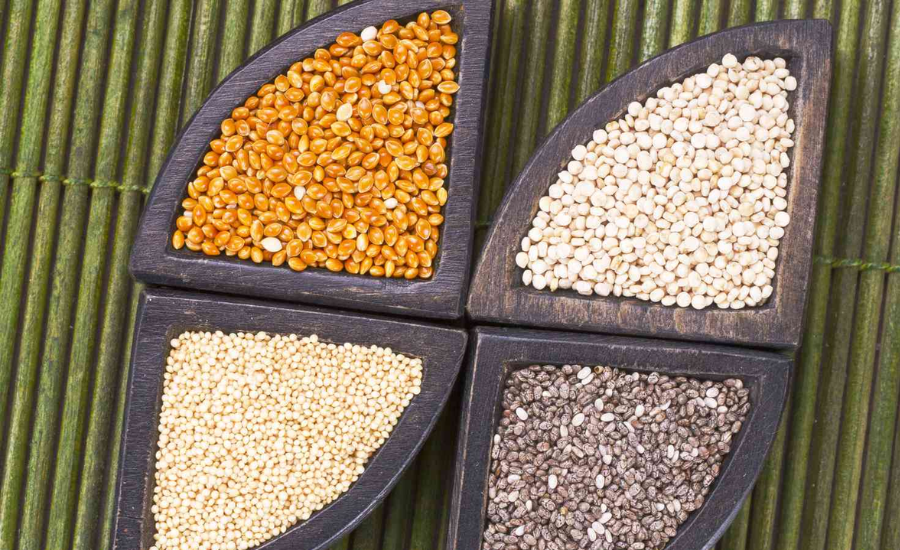
Ancient grains, known for their exceptional nutritional profiles and wide-ranging benefits, include quinoa, amaranth, spelt, and farro. These grains are celebrated not only for their rich content of fibre, nutrients, and antioxidants but also for their ability to support overall health. Unlike modern processed grains that often lose their nutritional value during refinement, ancient grains retain their natural goodness, making them a valuable addition to a balanced diet.
High Fiber Content for Digestive Health
Ancient grains are renowned for their high fibre content, which is crucial for digestive health. For instance, quinoa offers around 5 grams of fibre per serving, significantly more than many refined cereals. The fibre in these grains helps maintain digestive regularity, lower cholesterol levels, and stabilise blood sugar levels. Unlike processed grains, which often have their bran and germ layers removed, ancient grains preserve these essential components, providing sustained health benefits.
Protective Properties Against Free Radicals
Certain ancient grains, such as teff and millet, have gained popularity in contemporary health circles due to their protective qualities. These grains are rich in antioxidants that help combat oxidative stress and protect cells from damage caused by free radicals. Including teff and millet in your diet can enhance your body’s ability to defend against chronic diseases, such as heart disease and cancer. Simple ways to incorporate these grains include using them as a base for granola or adding them to your meals as a nutritious component.
Nutritional Powerhouses with Gluten-Free Options
Among ancient grains, quinoa, amaranth, and millet stand out not only for their impressive nutritional profiles but also for their gluten-free nature. These grains offer a diverse range of flavours and health benefits without compromising on taste. Quinoa’s versatility, amaranth’s creamy texture when cooked, and millet’s buttery flavour can all contribute to a satisfying gluten-free diet, redefining how you experience gluten-free eating.
Embracing Ancient Grains for a Healthier Diet
Integrating ancient grains into your diet can provide numerous health benefits while adding variety to your meals. Whether you’re seeking to improve digestive health, protect against chronic diseases, or explore new gluten-free options, ancient grains offer a wealth of advantages. By incorporating these nutrient-dense grains into your breakfast, snacks, or main dishes, you can enjoy their rich flavours and substantial health benefits, making them a valuable addition to a well-rounded diet.
Why Choose Ancient Grain Cereal?
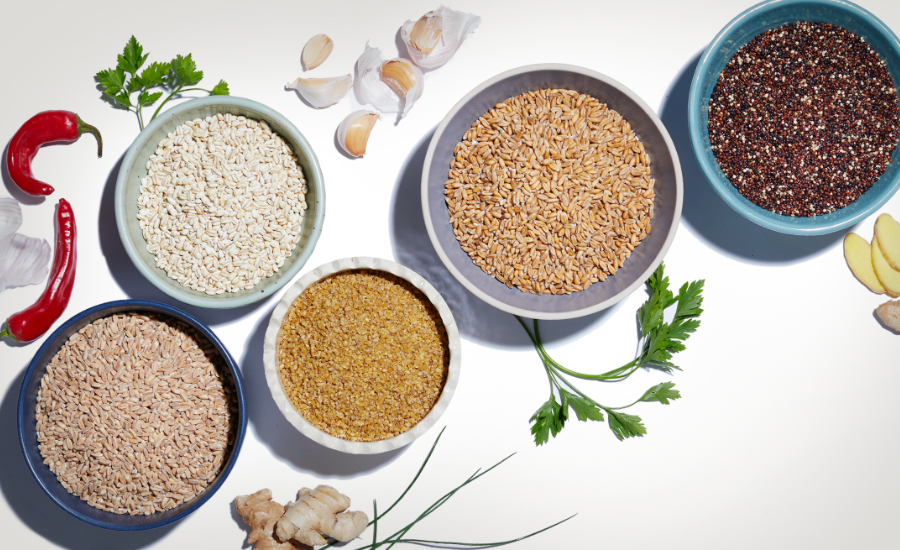
Opting for ancient grain cereals offers several compelling reasons, making them a smart choice for a nutritious breakfast. These cereals, including varieties like quinoa, farro, and spelt, are cultivated using traditional farming methods that emphasise sustainability and resource efficiency. Unlike modern monoculture practices that deplete soil and require extensive resources, the cultivation of ancient grains often involves more sustainable approaches. This not only supports environmental health but also provides a wholesome breakfast option that aligns with ethical agricultural practices.
Supporting Dietary Needs and Accessibility
Ancient grain cereals also cater to individuals with specific dietary requirements, such as those needing gluten-free options. Grains like teff and millet are particularly valuable for people with gluten sensitivities or celiac disease, as they offer a nutritious alternative without sacrificing flavor. By choosing ancient grain cereals, those on restricted diets can still enjoy a variety of tasty and nutrient-rich foods that meet their health needs while adhering to dietary restrictions.
Enhancing Taste and Texture in Your Meals
The unique taste and texture of ancient grain cereals contribute significantly to their appeal. Grains like farro and spelt provide a delightful nutty flavour and a satisfying crunch that can elevate any meal. Incorporating ancient grains into your diet not only enriches the flavour profile of your dishes but also enhances their nutritional content. Experimenting with ancient grain flours, such as einkorn, can further diversify your culinary experiences, offering higher protein content and different gluten properties compared to modern wheat flours.
Exploring Nutritional Advantages and Culinary Versatility
Ancient grains are not only valued for their taste and texture but also for their impressive nutritional benefits. These grains often contain higher levels of protein and essential nutrients, contributing to a balanced diet. Incorporating ancient grain cereals into your meals can enhance your overall health while providing a delicious and versatile ingredient for various recipes. Whether used as a base for breakfast cereals or as an ingredient in baked goods, ancient grains offer a range of benefits that support both health and culinary creativity.
Top Ancient Cereal Grains
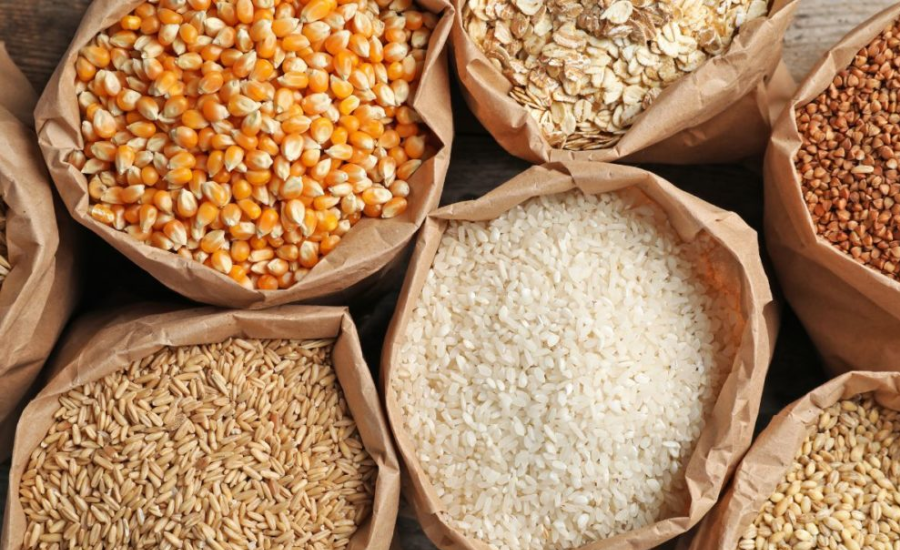
Quinoa: A Complete Protein Source
Quinoa stands out as a complete protein, containing all nine essential amino acids requiIntegrating ancient grains into your diet can provide numerous health benefits while adding variety to your meals. Whether you’re seeking to improve digestive health, protect against chronic diseases, or explore new gluten-free options, ancient grains offer a wealth of advantages. By incorporating these nutrient-dense grains into your breakfast, snacks, or main dishes, you can enjoy their rich flavours and substantial health benefits, making them a valuable addition to a well-rounded diet.
red by the human body. This makes it an excellent choice for those looking to boost their protein intake, especially for vegetarians who may struggle to find alternative sources. In addition to its health benefits, quinoa’s versatility allows it to be used in a variety of recipes, from nutritious protein bars to hearty salads. Its gluten-free nature also makes it a suitable option for individuals with gluten sensitivities, contributing to a balanced and health-conscious diet.
Enhancing Meals with Gluten-Free Grains
Incorporating quinoa, along with other ancient grains like millet and spelt, into your diet can significantly enhance your meals. These grains provide a balanced intake of essential vitamins and fibre, improving overall nutrition without compromising health. By cooking millet and spelt together, you can create a nutrient-dense breakfast that supports digestive health and adds a delightful texture to your morning routine. Their gluten-free status makes them ideal for those avoiding gluten while still seeking nutritious and satisfying meal options.
Amaranth: An Ancient Nutritional Powerhouse
Amaranth, one of the oldest known cereal grains, offers more than just a gluten-free option. Historically, it has been cultivated by various ancient civilizations for its adaptability and nutritional benefits. This vibrant grain is rich in protein, fibre, and essential minerals, making it a valuable addition to any diet. Amaranth’s versatility allows it to be incorporated into a wide range of dishes, from breakfast porridges to savoury salads, enhancing both taste and nutritional value.
Exploring the Benefits of Ancient Grain Flour
Ancient grain flours, including those made from amaranth, provide a robust protein source and are packed with essential nutrients like iron and magnesium. These flours can elevate your meals by adding a unique texture and flavor profile. Whether used in breakfast porridge or as an ingredient in dinner salads, ancient grain flours contribute significant health benefits. Their higher protein content and rich nutritional profile make them an excellent choice for enhancing your diet while enjoying diverse culinary experiences.
Farro: Nutritious and Flavorful
Farro is celebrated for its chewy texture and nutty flavour, making it a beloved ancient grain. Its impressive profile of protein and fibre helps keep you satisfied and energised throughout the day. Farro’s versatility extends to various culinary applications, from hearty soups to grain bowls. Experimenting with farro flour in baking can result in rustic breads and nutrient-dense pancakes, highlighting its rich heritage and enhancing the nutritional quality of your meals.
The Historical and Nutritional Value of Spelt
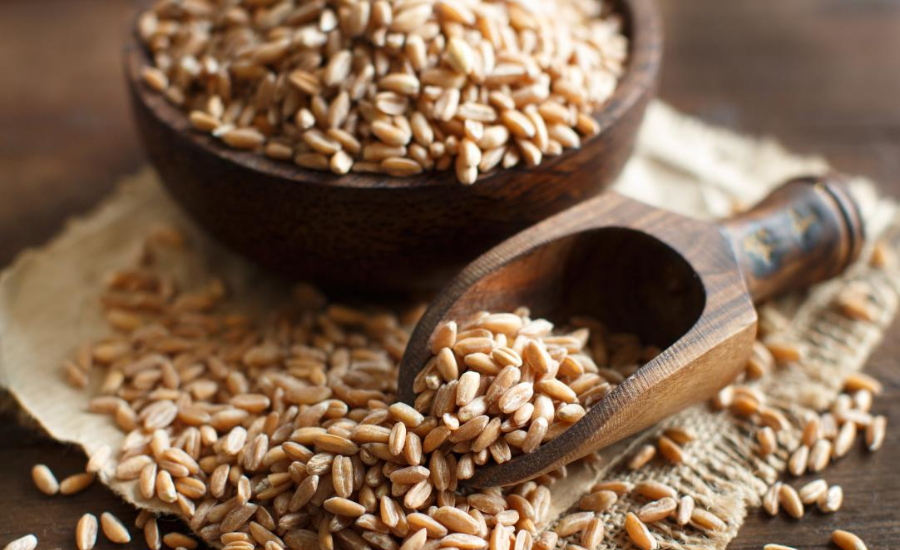
Spelt, an ancient grain cultivated since the Bronze Age, offers significant nutritional benefits and ease of digestion. Its genetic composition allows for better tolerance compared to common gluten-containing grains, making it suitable for those with mild sensitivities. Spelt’s high protein and fibre content enhance classic recipes, adding both flavour and nutritional value without compromising on taste. This ancient grain’s long history and beneficial properties make it a valuable addition to a balanced diet.
Millet: Versatile and Nutrient-Rich
Millet, one of the oldest cultivated grains, remains true to its original form and offers a range of culinary possibilities. This gluten-free grain is packed with essential nutrients such as magnesium, phosphorus, and manganese. Millet’s ability to absorb flavours and cook quickly makes it a versatile ingredient for various dishes. Its traditional use in diets around the world underscores its nutritional value and adaptability, making it a valuable component of a health-focused diet.
Emmer Wheat: A Link to Agricultural History
Emmer wheat, or Triticum dicoccum, invites exploration into agricultural roots and culinary traditions. Known for its nutty flavour and slightly chewy texture, emmer wheat can transform everyday recipes into extraordinary dishes. Packed with protein, fibre, and vital minerals, emmer wheat supports gut health and offers a sustainable alternative to modern processed wheat. Incorporating emmer into your diet promotes biodiversity in agriculture and aligns with a conscious approach to food consumption.
Barley and Rye: Historical Staples with Modern Benefits
It both integral to historical diets, continue to offer significant benefits today. Barley, with its rich soluble fibre content, may help lower cholesterol levels and has been pivotal in brewing and cultural traditions. Rye, known for its resilience and ability to thrive in poor soil conditions, adds a distinctive, earthy flavour to baked goods. Full of essential minerals and dietary fibre, rye supports intestinal health and enhances the nutritional quality of various recipes.
FAQs about Ancient Cereal Grains
Q1. What are ancient grains?
A. Ancient grains are cereal grains that have been cultivated for thousands of years with minimal changes. Examples include quinoa, amaranth, farro, and spelt. These grains are valued for their high nutritional content and historical significance.
Q2. Why are ancient grains considered healthy?
A. Ancient grains are rich in essential nutrients like fiber, protein, and antioxidants. They retain their natural composition and offer numerous health benefits, including improved digestive health and protection against chronic diseases.
Q3. How do ancient grains compare to modern grains?
A. Unlike modern grains, which have been heavily processed and modified, ancient grains maintain their original structure and nutrient profile. They often contain higher levels of protein, fibre, and essential minerals compared to refined cereals.
Q4. Are ancient grains suitable for gluten-free diets?
A. Some ancient grains, such as quinoa, amaranth, and millet, are naturally gluten-free and are excellent options for individuals with gluten sensitivities or celiac disease.
Q5. How can I incorporate ancient grains into my diet?
A. Ancient grains can be added to a variety of dishes, including breakfast cereals, salads, soups, and baked goods. They offer unique flavours and textures, enhancing both taste and nutritional value.
Q6. What are the benefits of using ancient grain flour?
A. Ancient grain flours, such as those made from farro or amaranth, provide a robust protein source and are rich in essential nutrients like iron and magnesium. They can be used in baking and cooking to add texture and nutritional benefits to your meals.
Conclusion
Ancient grains are more than just a nostalgic nod to the past; they are a powerful addition to modern diets due to their exceptional nutritional profiles and versatility. By incorporating grains like quinoa, farro, and spelt into your meals, you not only benefit from their rich content of protein, fiber, and essential minerals but also support a healthier, more balanced diet. These grains offer a wholesome alternative to processed cereals, providing significant health benefits while enhancing the flavor and texture of your dishes. As dietary trends shift towards more natural and nutrient-dense options, ancient grains stand out as a valuable choice for those seeking to optimize their nutrition and enjoy a diverse range of culinary experiences.
Read More: England Tribune
